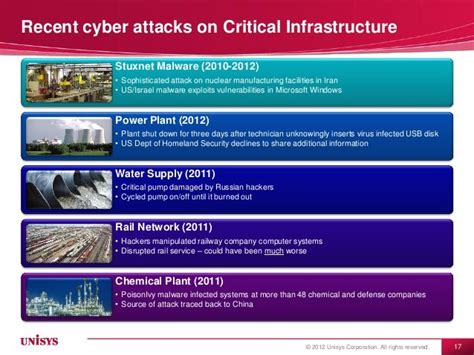A large-scale cyber attack on critical infrastructure such as power grids can have devastating consequences. Such an attack could cause widespread blackouts, disrupt communication networks, and even lead to physical destruction of property. In addition, it could also result in financial losses due to the disruption of services and the cost of repairing or replacing damaged equipment.
The potential consequences of a large-scale cyber attack on critical infrastructure are far reaching and can be difficult to predict. For example, if a power grid is compromised, it could lead to long-term outages that would affect businesses, homes, hospitals, and other essential services. This could lead to economic losses, as well as social unrest and chaos. Additionally, a successful attack could give attackers access to sensitive data, which could be used for malicious purposes.
Fortunately, there are steps that can be taken to mitigate the risks associated with a large-scale cyber attack on critical infrastructure. Organizations should invest in robust security measures, including firewalls, antivirus software, and intrusion detection systems. They should also ensure that their systems are regularly updated and patched to prevent vulnerabilities from being exploited. Furthermore, organizations should conduct regular risk assessments to identify any potential weaknesses in their systems.
Finally, organizations should develop incident response plans to quickly respond to any cyber attacks. These plans should include procedures for identifying and responding to threats, as well as strategies for restoring operations after an attack. By taking these steps, organizations can reduce the likelihood of a successful attack and minimize its potential consequences.
